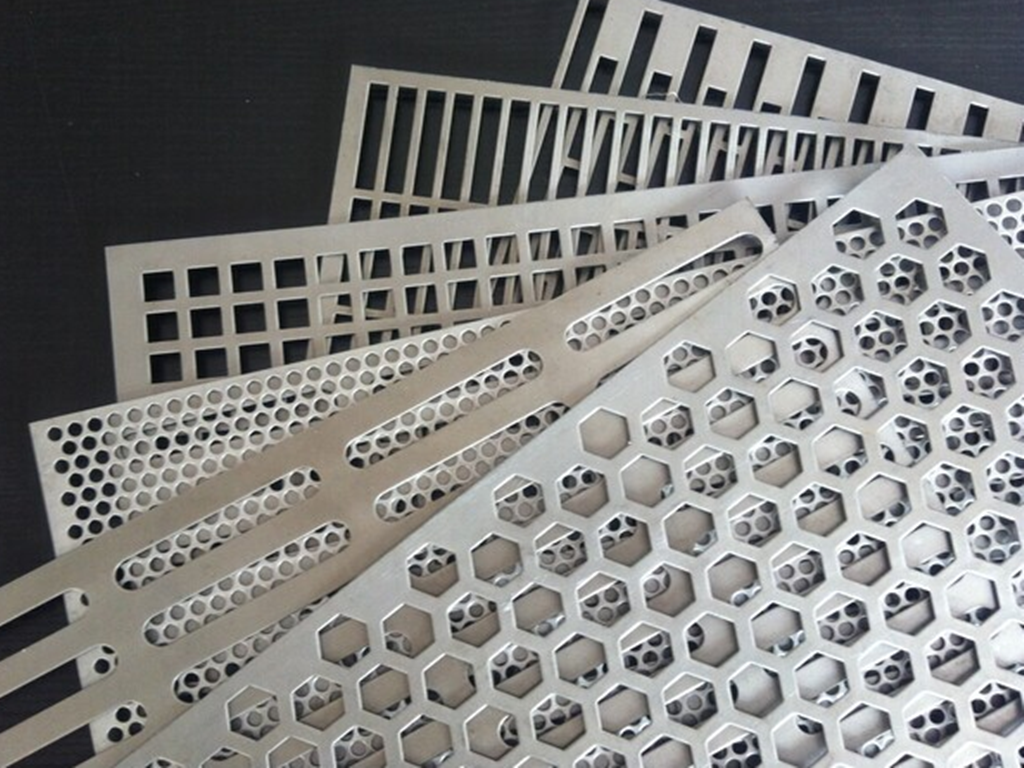The most popular metal purchases include aluminum in a tube, bar or sheet form, cold or hot rolled steel, and stainless steel. Out of these popular metals, it’s important to know the difference between them. Once you know which metal will be best suited for your needs.
Pros of Aluminum
Aluminum is one of the most common types of metal sheets used in the manufacturing world, with 3003 aluminum being one of the commonly used types of aluminum in manufacturing. With aluminum, it has more elasticity and is more malleable than steel. Though there are some exceptions to this with certain aluminum, like 6061 aluminum. However, there are more types of aluminum that have more elasticity than steel. Aluminum has a high weight ratio/strength while being an excellent conductor of electricity and heat. This metal is found to be cheaper than stainless steel.
Pros of Stainless Steel
Unlike aluminum, stainless steel is easier to weld with. Stainless steel is a combination of steel that contains at least 10.5% of chromium. This means that the chromium supplies the steel with an added benefit of more corrosion resistance. With chromium, there is an added sheen to the materials, making it a more aesthetically pleasing option. Stainless steel is much harder than aluminum. Because it’s harder than aluminum, stainless steel is less likely to warp and deform under any kind of force or high temperature. Stainless steel having higher heat resistance than aluminum means that in situations where sanitation is important, stainless steel is the better option.
Cons of Stainless Steel
With aluminum being the cheaper option, stainless steel is the more expensive option. The cost of stainless steel can vary depending on the metals that the steel has been combined with, chromium being an example. The more metals that are combined with the stainless steel, the more expensive the already high costing metal becomes. The weight/strength ratio is very low as well, meaning that stainless steel is not only very hard, it’s extremely heavy as well. This makes maneuvering this metal more difficult than it would be maneuvering aluminum.
Pros of Carbon Steel
Both low carbon steel and high carbon steel are the cheapest options out of these metals, cheaper than aluminum. Low carbon steel is very easy to make, due to the carbon levels being lower. This kind of steel is very easy to weld with and shows both great durability levels along with good heat transfer levels. Low carbon steel is a very popular option because of these benefits. With high carbon steel, this material is more durable than both stainless steel and aluminum. With its high durability, it is improbable that this material would warp or deform under high heat temperatures.
Cons of Carbon Steel
With low carbon steel, it has less strength than stainless steel. This kind of metal is susceptible to corrosion, making it a bad option for any kind of water setting. With high carbon steel, the high carbon content can cause brittle metal. This type of metal isn’t corrosion resistant either and needs to be finished or painted in order to prevent deforming or rusting.




